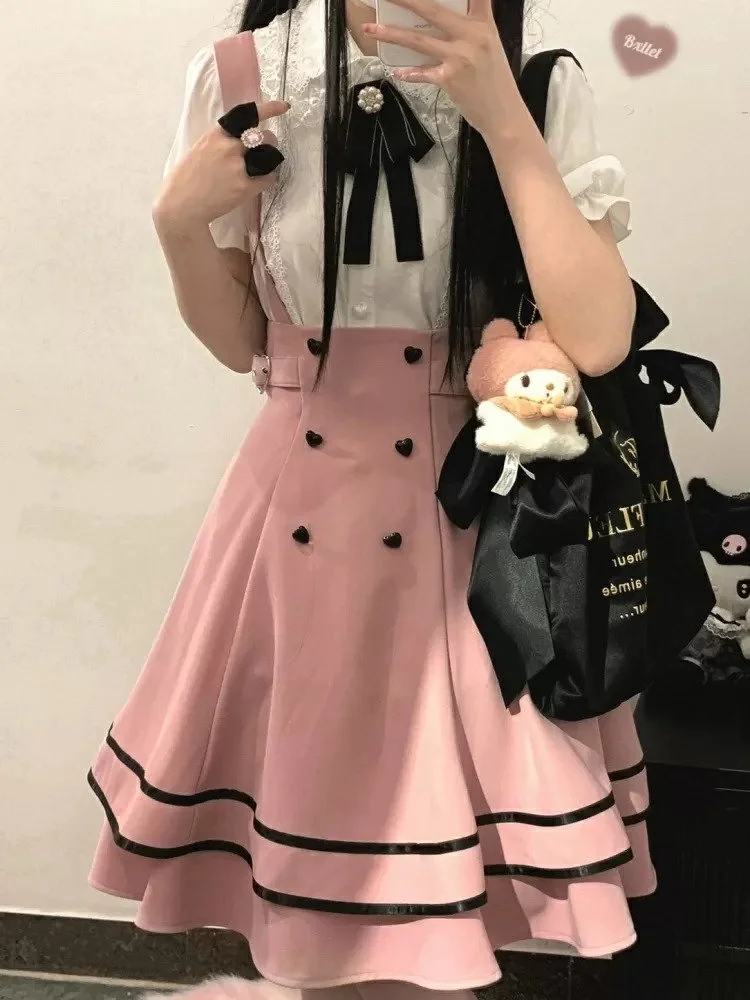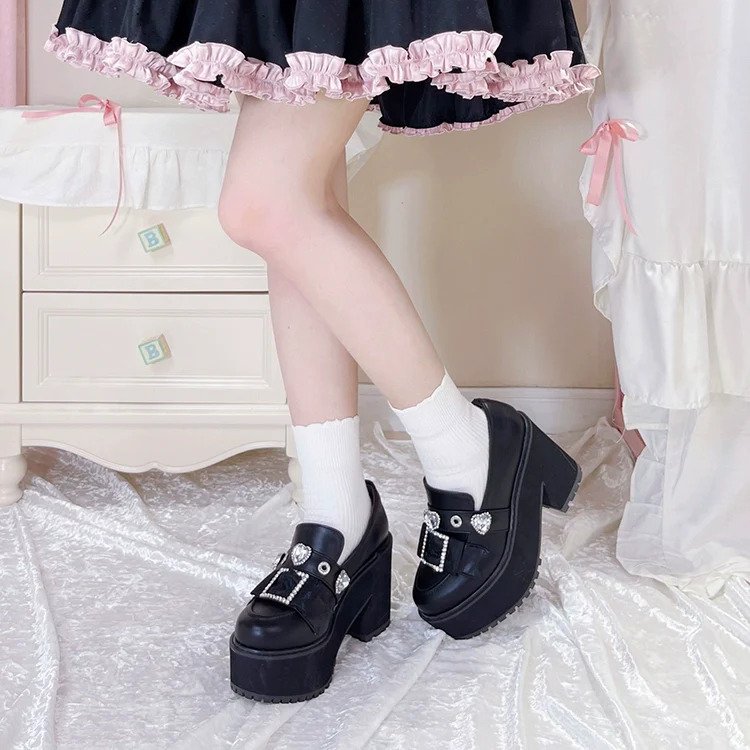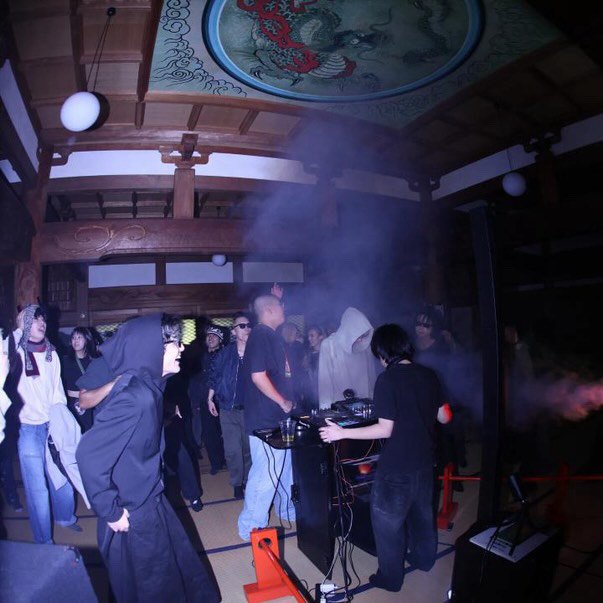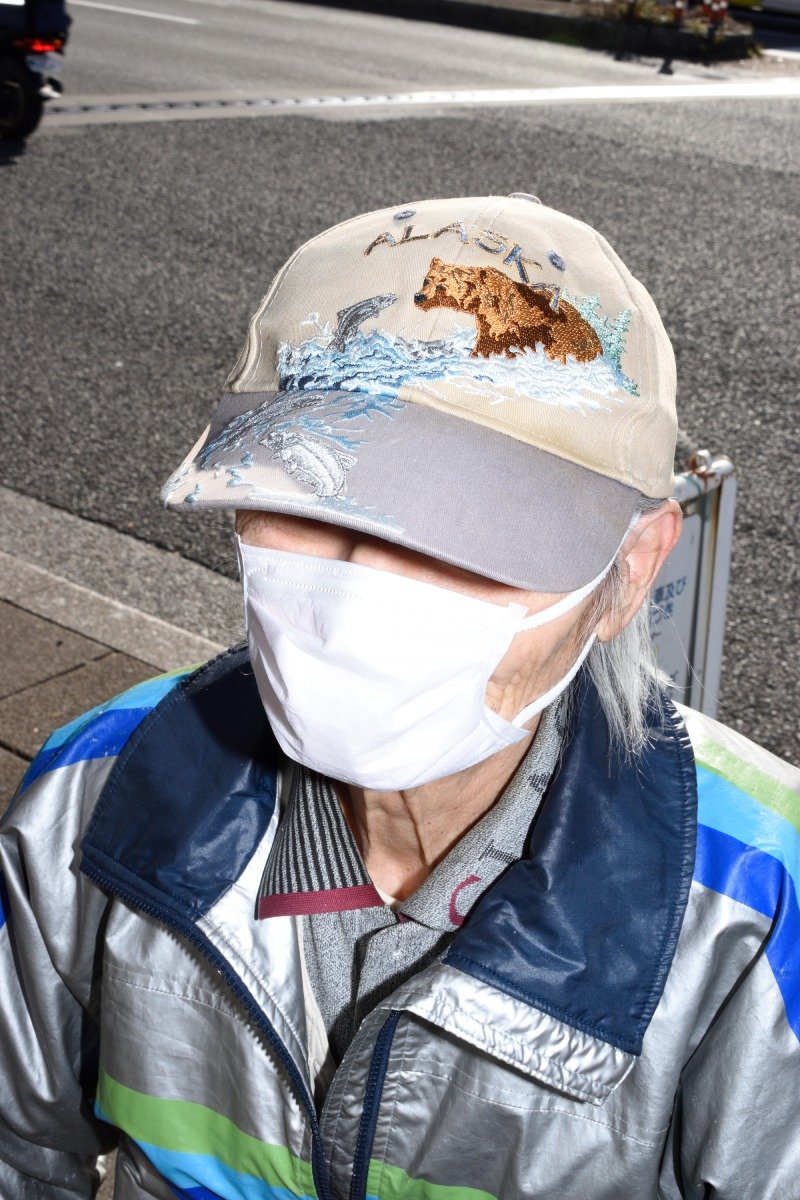The Evolution of Jirai Kei Fashion
This subculture, often translated as "landmine type," carries a complex blend of cuteness and edginess that's taken the fashion world by storm. Originating in Japan, particularly around the vibrant neighborhoods of Kabukicho and Harajuku, Jirai Kei blends the sweet, fairy-like charm of girly fashion with darker, gothic elements.
Origins and Evolution of Jirai Kei Fashion
The corona pandemic brought about a period of introspection and emotional turmoil for many young people, and Jirai Kei's melancholic, yet visually striking style provided an outlet for expressing these complex emotions. The look typically combines pastel colors like pink and lavender with bold blacks, creating a stark yet appealing contrast that reflects both innocence and depth
This fashion trend didn't just pop out of nowhere. It’s heavily influenced by various aspects of Japanese pop culture, including iconic Sanrio characters like My Melody and Kuromi, which symbolize the contrasting themes of sweetness and darkness inherent in Jirai Kei. The style is often seen as an evolution of other Japanese street fashions like Yami Kawaii and Menhera, but with a unique twist. While Yami Kawaii mixes cuteness with themes of illness and sadness, and Menhera focuses on mental health struggles, Jirai Kei stands out with its combination of unpredictability and emotional depth.
Sanrio My Melody & Kuromi
Despite its popularity, Jirai Kei hasn't been without controversy. The term "Jirai" originally had negative connotations, implying emotional instability. However, the community has worked hard to reclaim and redefine it, transforming Jirai Kei into a celebration of individuality and self-expression rather than a label for negative stereotypes. This reclamation effort is ongoing, with many in the Jirai Kei community advocating for a more positive and inclusive understanding of the style.
Jirai Kei is more than just a fashion trend; it's a complex subculture that speaks to broader societal issues and the power of self-expression. Its evolution from a niche style in Tokyo's streets to a global fashion statement shows how fashion can transcend borders and challenge norms. As it continues to grow, Jirai Kei remains a fascinating blend of contrasts, celebrating the delicate balance between sweetness and darkness.
The Makeup and Symbolism of Jirai Kei
Jirai Kei makeup is a fascinating blend of aesthetic appeal and deeper emotional expression. The look is meticulously crafted, with each element serving a purpose beyond mere decoration. Let's delve into the details of what makes Jirai Kei makeup so unique and symbolic.
One of the most iconic features of Jirai Kei makeup is the "Jirai line," which involves accentuating the under-eye area to create a tear-streaked appearance. This look is achieved by using dark eyeliner or eyeshadow just below the lower lash line, extending slightly downward to mimic the path of tears. This element of the makeup conveys a sense of sadness or emotional turmoil, aligning with the subculture's themes of melancholy and introspection. It's a visual representation of inner struggles, making a powerful statement about the wearer's emotional state.
courtesy of Lips
Another key aspect of Jirai Kei makeup is the emphasis on creating large, expressive eyes. This is typically done using circle lenses to enlarge the iris, paired with heavy eyeliner and mascara to define and dramatize the eyes. The goal is to achieve a doll-like appearance, which contrasts sharply with the tear-streaked makeup and adds an eerie, almost otherworldly quality to the look. The big eyes are not just about aesthetics; they symbolize a longing for innocence and vulnerability, juxtaposed with the darker elements of the style.
Palm from Absopetus
The color palette for Jirai Kei makeup predominantly features dark, moody shades like black and deep purples, often contrasted with soft pinks and whites. The dark colors reflect the subculture's connection to themes of sadness, despair, and rebellion against societal norms. Meanwhile, the inclusion of pink and other lighter shades introduces an element of sweetness and innocence, creating a complex visual narrative that balances cuteness with a more somber undertone.
Jirai Kei enthusiasts often use accessories like piercings, hair clips, and ribbons to complete their look. Hair is typically styled in twin tails or loose curls, often adorned with lace bows and ribbons to enhance the girly aspect of the style. These accessories add layers of detail and further personalize the look, allowing each individual to express their unique interpretation of Jirai Kei.
Jirai Kei Fashion Elements
The primary colors in Jirai Kei fashion are black and pink, creating a striking contrast that embodies both sweetness and melancholy. The outfits often feature elements like lace, ruffles, and frills, heavily inspired by Lolita fashion. However, unlike the more innocent look of traditional Lolita, Jirai Kei incorporates a darker, more rebellious vibe.
Tops and Blouses
Jirai Kei blouses are a mix of elegance and edge, often adorned with lace, ruffles, and sometimes edgy graphics. They can be paired with skirts or pants and layered under dresses for a unique look. The craftsmanship behind these blouses is meticulous, with attention to detail in lacework, embroidery, and the quality of fabrics.
courtesy of Devil Inspired
Accessories
Accessories play a crucial role in Jirai Kei fashion. The iconic pink MCM backpack is a staple, often seen in the bustling streets of Shinjuku. Additionally, large bow ties, metal accessories like crosses, and mismatched fishnet stockings add to the overall aesthetic. These elements help in achieving the perfect blend of playful and gothic styles.
Shoes
Footwear in Jirai Kei often includes chunky, thick-soled black shoes or combat boots, which complement the edgy yet cute outfits. These shoes not only add height but also enhance the overall rebellious feel of the style.
courtesy of Honey Wardrobe
The Influence of Media and Social Media
The rise of Jirai Kei from a niche subculture to mainstream fashion is fascinating. This transformation has been significantly influenced by media and social media platforms, which played a pivotal role in popularizing and spreading the aesthetic.
Media Influence
Traditional media, particularly fashion magazines, were instrumental in bringing Jirai Kei into the spotlight. LARME magazine, known for its focus on sweet, retro, and mature styles, was among the first to showcase Jirai Kei fashion prominently. The magazine's coverage helped the style transition from the underground to more widespread popularity, giving it a legitimate platform and broader audience. Through LARME and other fashion outlets, the distinctive elements of Jirai Kei—such as its color palette of pink and black, lace, ruffles, and unique makeup styles—gained recognition and admiration.
courtesy of Larme Magazine
Social Media Impact
In recent years, social media platforms like TikTok, Instagram, and YouTube have had a profound impact on the proliferation of Jirai Kei. These platforms allow for the rapid sharing of visual content, making them perfect for a visually driven fashion trend. Influencers and fashion enthusiasts on TikTok and Instagram, for instance, have embraced Jirai Kei, posting tutorials, outfit inspiration, and makeup guides that reach millions of viewers. A notable example is the popularization of the "Jirai line" makeup trend on YouTube, where beauty vloggers demonstrate the signature under-eye makeup that mimics a tear-streaked appearance.
Global Reach
The influence of social media has also facilitated the global spread of Jirai Kei. Enthusiasts from around the world can easily access and participate in this fashion movement, sharing their interpretations and adaptations of the style. This global engagement has not only expanded the reach of Jirai Kei but also enriched it with diverse influences, making it a dynamic and evolving trend.
Community
Beyond mere fashion, Jirai Kei has fostered a sense of community among its followers. Social media provides a space for like-minded individuals to connect, share their experiences, and support one another. This sense of belonging has been crucial, especially as the subculture works to reclaim and redefine the negative connotations historically associated with it. Through online discussions and collective efforts, Jirai Kei enthusiasts are challenging stereotypes and promoting a more positive, inclusive narrative.
The rise of Jirai Kei to mainstream fashion is a testament to the power of media and social media. These platforms have not only popularized the aesthetic but also created a supportive community that continues to shape and redefine the trend. As Jirai Kei evolves, its presence in both traditional and digital media ensures that it remains a significant and influential part of contemporary fashion culture.














Unveiling Jirai Kei: Japan's Dark Fashion Trend and Societal Stereotypes.